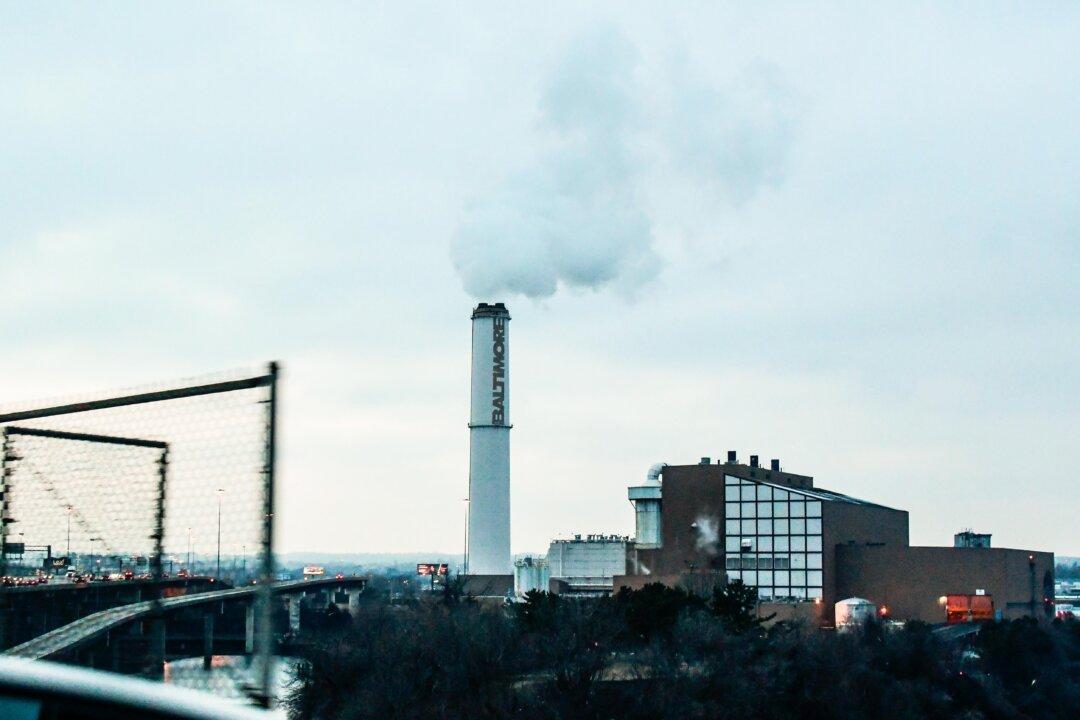About one-third of the U.S. population lives in areas exposed to potentially life-shortening levels of air pollution, according to a new report by the American Lung Association (ALA).
The ALA published its 2023 “State of the Air” report on Wednesday, finding that after decades of progress in reducing air pollution, about 36 percent of the U.S. population still lives in areas with “unhealthy levels of ozone or particle pollution.” In total, about 119.6 million people currently live in areas with failing grades for air quality, which is about 17.6 million fewer people breathing unhealthy air compared to ALA’s 2022 “State of the Air” report.





